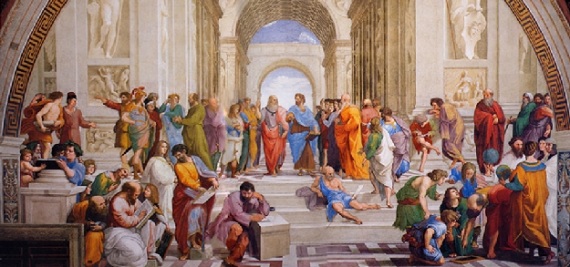Bringing Teh PoliSci
John Sides notes that while it is true that the percentage who say that their member of congress does not deserve re-election is at an all-time low (40%), the predicted re-election rate for this cycle in the House is still 87% (which is low relative to the average over the last several decades, but not radically so).
While he notes (as one might suspect) a relationship between the variables exists (i.e., as the percentage of respondents who think that their representative does not deserve re-election increases the percentage of incumbents re-elected decreases), it is not as strong as the media narrative would like to suggest: “There is a relationship between responses to this item and the reelection rate (and it’s statistically significant, in fact). But the relationship is substantively very small.” He has a graph at the link above. One has to understand that the re-elect number ranges from 85%-98% from 1964-2008, meaning that the amount of variation is not that high to begin with and that, therefore, the odds of a given incumbent being re-elected are extremely high.
If we look from 1964-2008, the re-election rate has dipped below 90% five times (1964: 87%, 1966: 88%, 1970: 85%, 1974: 88% and 1992: 88%) (Source). As such, if Sides’ prediction is accurate, we aren’t talking about an unprecedented outcome. Low? Yes. Radically, unprecedentedly low that is all anger-powered and revolutionarily uncommon? Not so much.
Ultimately, I would argue that if the re-elect rate for the House is 85% or higher, then most of the media narrative that we have been subjected to this year will end up being a lot of sound and fury that will have signified a whole lot of not all that much (and this strikes me as a likely result, to be honest). Even if we have a result that is “historical” and is in the 80% range, it is hard to make the case that an incumbent re-election rate of that magnitude demonstrates a massive amount of voter anger. The bottom line is that a substantially large percentage of the current House is returning in January (and in the Senate too, although the numbers under discussion are for the House only).
For those who are wondering, the Senate re-election rate is lower than for the House. The range over the same period of time is 55%-96% (source).
Short version of the post: we all need some sense of proportion and history in evaluating what is going on in this year’s election. And, again, the most likely explanatory variable by a country mile is the state of the economy (note, for example, the graph associated with this post).
In a follow-up post John looks at the issue including retirements and notes “Lots of people are talking about “angry” voters and the treacherous climate for incumbents. Very few people bother to mention that in this treacherous climate, the vast majority of incumbents will likely be returned to office.”
He also offers this interesting tidbit, which puts the “anti-incumbency” meme into perspective:
the number of House members who are retiring or running for higher office is 40. If that is accurate, then 395 members are seeking or have sought reelection this year. That is almost identical to the historical average for the 1946-2006 period (which is 398, according to Jacobson’s data).
Indeed, if this year was truly as problematic for incumbents as some would have us to think, then the number of members seeking re-election should be far smaller and certainly ought not conform to the historical average.
Note: I used the 64-08 dates because, quite frankly, they were easily accessible via OpenSecrets.org (as linked above). The trend for re-election of incumbents has increased over the last century, but the the basic average rate is still in the 91% range during that time.
